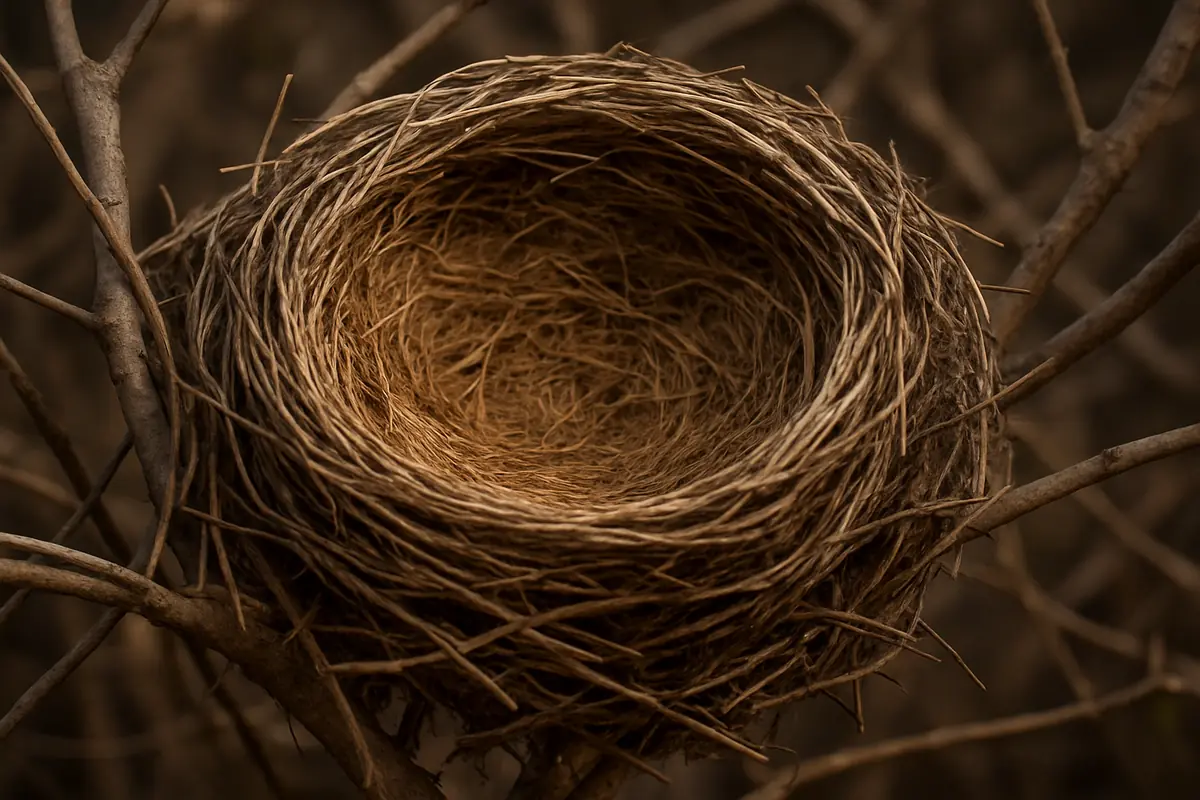The Hidden Engineering Behind a Bird’s Nest
Birds build nests that survive storms, predators, and gravity — using instinct, strategy, and natural engineering that rivals human design.

Most of us walk past a bird’s nest without giving it a second thought. Yet inside those woven circles of twigs and grass lies a level of natural engineering that’s almost unbelievable. Birds, without rulers or blueprints, build homes strong enough to withstand storms, predators, and the everyday chaos of living outdoors — all using instinct and whatever materials nature provides.
A bird’s nest is never just a pile of sticks. It’s a carefully designed structure with a clear purpose: protect eggs and keep the chicks safe until they’re ready to fly. Each species builds differently, but every method reveals an understanding of physics that seems far too advanced to come from instinct alone.
Take the classic cup-shaped nest. Birds gather flexible twigs and weave them in overlapping patterns that distribute weight evenly, creating strength through tension — the same principle used in woven baskets and even some modern architecture. The tighter the weave, the stronger the nest, allowing it to hold its shape even when exposed to heavy winds.
Many birds also use soft materials like feathers, moss, or grass to create insulation. This keeps eggs warm and maintains stable temperatures, even when day and night temperatures fluctuate wildly. Some species go further by incorporating mud, which acts like natural cement, hardening the structure after it dries.
The placement of the nest is equally strategic. Birds choose sites with surprising precision — hidden enough to avoid predators, high enough to avoid ground threats, but stable enough to support the weight of their home. Some nests are wedged between branches that act like shock absorbers, reducing vibrations during strong winds. Others are built on ledges where the surrounding landscape provides natural shelter.
And then there are the extreme builders. Weaver birds create complex hanging nests with narrow entrances to keep predators out. Swifts use saliva as glue to attach their nests to cliffs or walls. Some shorebirds don’t build nests at all; instead, they scrape shallow depressions in the sand, blending perfectly with their surroundings for camouflage.
What’s truly remarkable is that birds never take formal lessons. A young bird building its first nest already knows exactly what to do. Instinct, refined by generations of survival, guides every movement.
In a world where we marvel at skyscrapers and advanced engineering, it’s easy to overlook the quiet genius of the natural world. But the next time you spot a nest tucked into a tree or perched on a ledge, take a moment to appreciate the craftsmanship. It’s a reminder that engineering isn’t just a human achievement — it’s woven into the very fabric of nature.